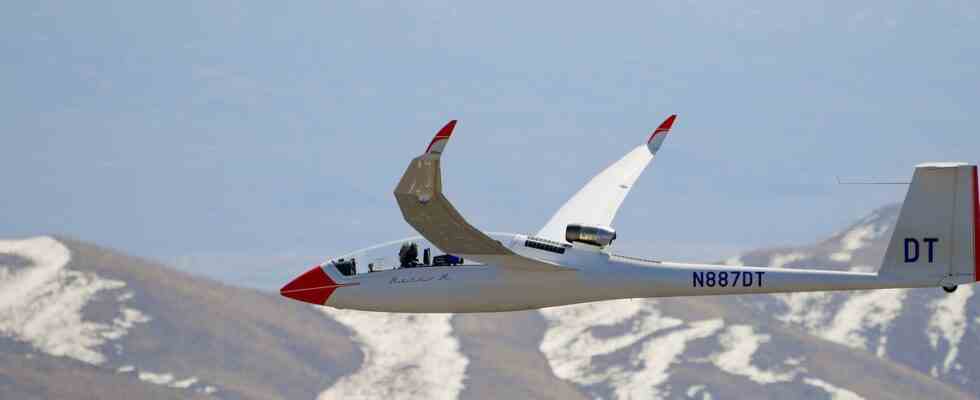It is not supposed to emit carbon dioxide, unlike current devices that fly thanks to kerosene. But what will be the impact on greenhouse gas emissions of the future “green plane” equipped with a hydrogen engine? To answer this question, Airbus UpNext, a 100% subsidiary of the European aircraft manufacturerwill launch a flight test program to study the drag produced by a hydrogen combustion engine.
Baptized “Blue Condor”, it will consist of flying two Arcus gliders, one having a hydrogen combustion engine, the other powered by kerosene. Engineers will thus be able to compare the contrails emitted at high altitude for the two devices.
First test flights at the end of the year
“Contrail characterization is of considerable interest to Airbus. We know that hydrogen does not emit carbon dioxide when burned, but we also know that since water vapor and heat are the most important by-products, burning hydrogen produces contrails,” explained Sandra Bour Schaeffer, CEO of Airbus UpNext.
The glider pilots will be none other than those who set the subsonic altitude world record in 2018 – at 76,124 feet – in a pressurized glider for Airbus. Perlan Mission II. The first test flights are to take place at the end of the year in North Dakota, USA.
These tests are part of Airbus’ broader program to decarbonise aviation, with a hydrogen-powered aircraft being developed in 2035 emitting zero emissions. And thus responding to the increasingly pressing demand for cleaner aviation.

